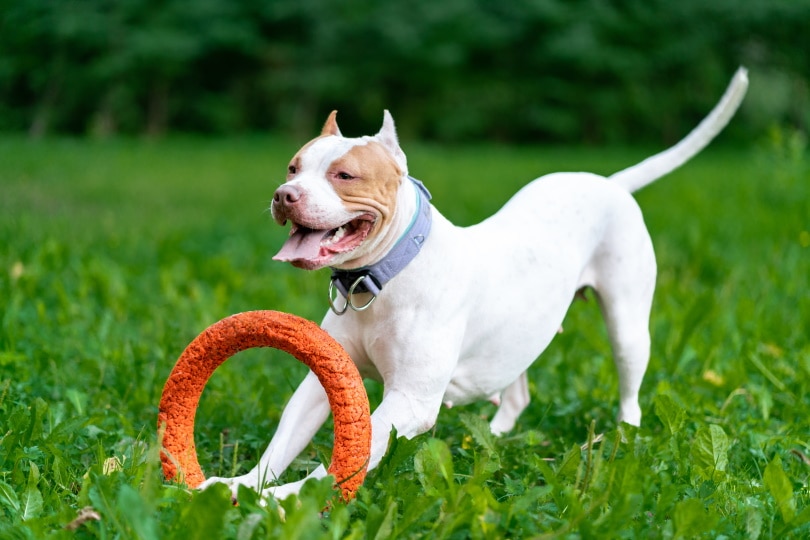
This Pet Dental Health Month, The London Cat Clinic highlights a concerning statistic: an estimated 85% of cats in the UK over three years old suffer from dental diseases, many without any visible symptoms.
As London’s premier provider of advanced dental care for cats, and one of the few in the UK to offer such specialised services, the clinic urges cat owners to prioritise their pets’ dental health.
Recent data from the Royal Veterinary College indicates that only 15.2% of cats are officially diagnosed with dental conditions annually. However, the actual number affected is likely to be much higher, a discrepancy that highlights the ‘silent epidemic’ facing the nation’s feline population.
Dr Rob Davis, a leading figure in veterinary dentistry and the President Elect of the British Veterinary Dental Association, spearheads the clinic’s dental team. “The disparity between diagnosed cases and the prevalence of dental disease in cats is alarming. It is imperative we bridge this gap through awareness, early detection, and advanced care,” he says.
Dr Davis stresses the interconnectedness of oral health and overall wellbeing in cats. “Periodontal disease significantly increases the risk of secondary health issues. Our clinic’s data aligns with RVC findings, showing a marked increase in general health problems among cats with untreated dental conditions.”
The London Cat Clinic advocates for preventive dental care, including the introduction of toothbrush training from a young age. “While the concept of brushing a cat’s teeth may seem daunting, the long-term health benefits cannot be overstated,” says Dr Davis. He also debunks common myths about feline dental care, highlighting that dry food is not a cure-all for dental hygiene and that many issues originate from areas not accessible by chewing.
The clinic’s dedication to feline dental health is further exemplified by its adoption of the Comprehensive Oral Health Assessment and Treatment (COHAT) process, ensuring a thorough evaluation and tailored treatment plan for each patient, supported by the latest in dental radiography.
As Pet Dental Health Month unfolds, The London Cat Clinic is committed to educating cat owners about the signs of dental disease, which can often be subtle and easily overlooked. Clinical Director Dr Jeremy Campbell says: “Cats are stoic creatures by nature, frequently hiding discomfort until it becomes severe. Regular dental check-ups are vital to uncover and address issues before they escalate.”
A poignant example of the clinic’s impact is the case of Skye, an eight-year-old cat who, despite showing no outward signs of distress, suffered from significant dental issues. Her story is a testament to the critical need for professional dental evaluations and the difference that expert care can make in a cat’s quality of life.
As Pet Dental Health Month continues, The London Cat Clinic encourages all cat owners to consider the silent threat of dental disease and to seek out comprehensive dental assessments for their pets. “Early detection and treatment are key to preventing unnecessary pain and ensuring a healthy, happy life for our feline companions,” concludes Dr Campbell.
Here are some key signs and tips for cat owners to consider when examining their pet’s teeth, ensuring they remain vibrant and healthy:
Check for Visible Plaque and Tartar
Plaque, a sticky deposit on teeth in which bacteria proliferate, can harden into tartar if not removed. Tartar is easily identifiable as a yellow or brown build-up near the gum line. Regular checks can help identify these issues early, before they lead to more serious dental diseases.
Look Out for Red or Swollen Gums
Gingivitis, an early stage of gum disease, manifests as red, swollen, or bleeding gums. It’s often a result of plaque build-up and can be reversed with proper dental care. If your cat’s gums are anything other than a healthy pink, it may be time to consult your vet.
Bad Breath (Halitosis)
While cat breath isn’t expected to smell minty fresh, overly foul breath can be a sign of dental or other health issues. Persistent bad breath warrants a professional check-up to rule out oral diseases or underlying health concerns.
Discomfort While Eating
If your cat seems hesitant to eat, chews on one side of their mouth, or suddenly drops food while eating, this could indicate dental pain. Watch for any changes in eating habits that might suggest discomfort.
Loose or Missing Teeth
Adult cats should have a full set of 30 teeth. Loose or missing teeth can result from advanced gum disease or dental decay and can significantly affect a cat’s ability to eat properly.
Drooling or Dropping Food
Excessive drooling or dropping food from the mouth may indicate dental issues. While some drooling can be normal, especially when your cat is relaxed or happy, abnormal drooling often accompanied by foul-smelling saliva can be a sign of oral health problems.
The London Cat Clinic advises that prevention is key in maintaining your cat’s dental health. Regular veterinary check-ups, including professional dental cleanings, along with daily brushing using cat-specific toothpaste, can significantly reduce the risk of dental diseases. This Pet Dental Health Month, let’s pledge to pay closer attention to our feline companions’ dental care, ensuring they lead a happy, healthy life.
For more detailed information on COHAT and the advanced dental treatments available at The London Cat Clinic, please visit: https://www.thelondoncatclinic.co.uk
Like this:Like Loading…






